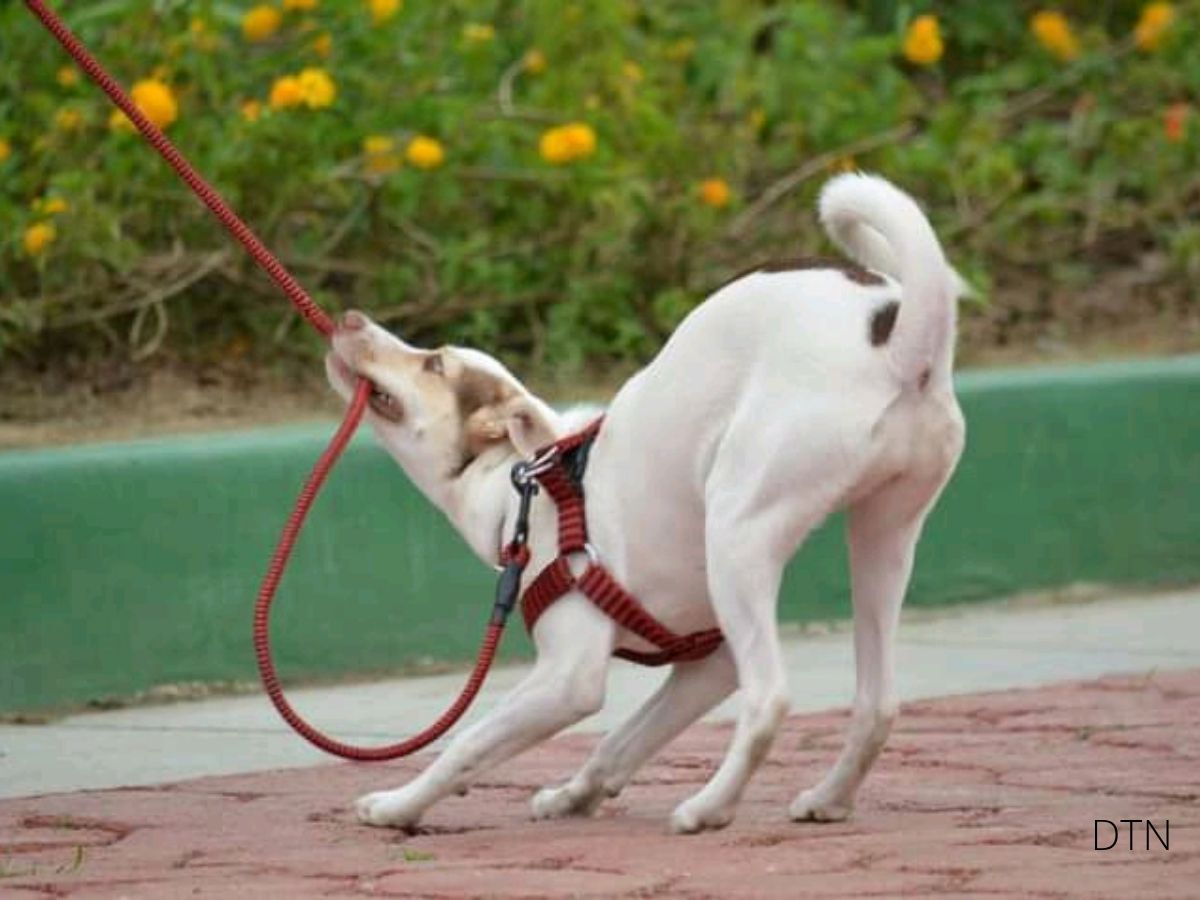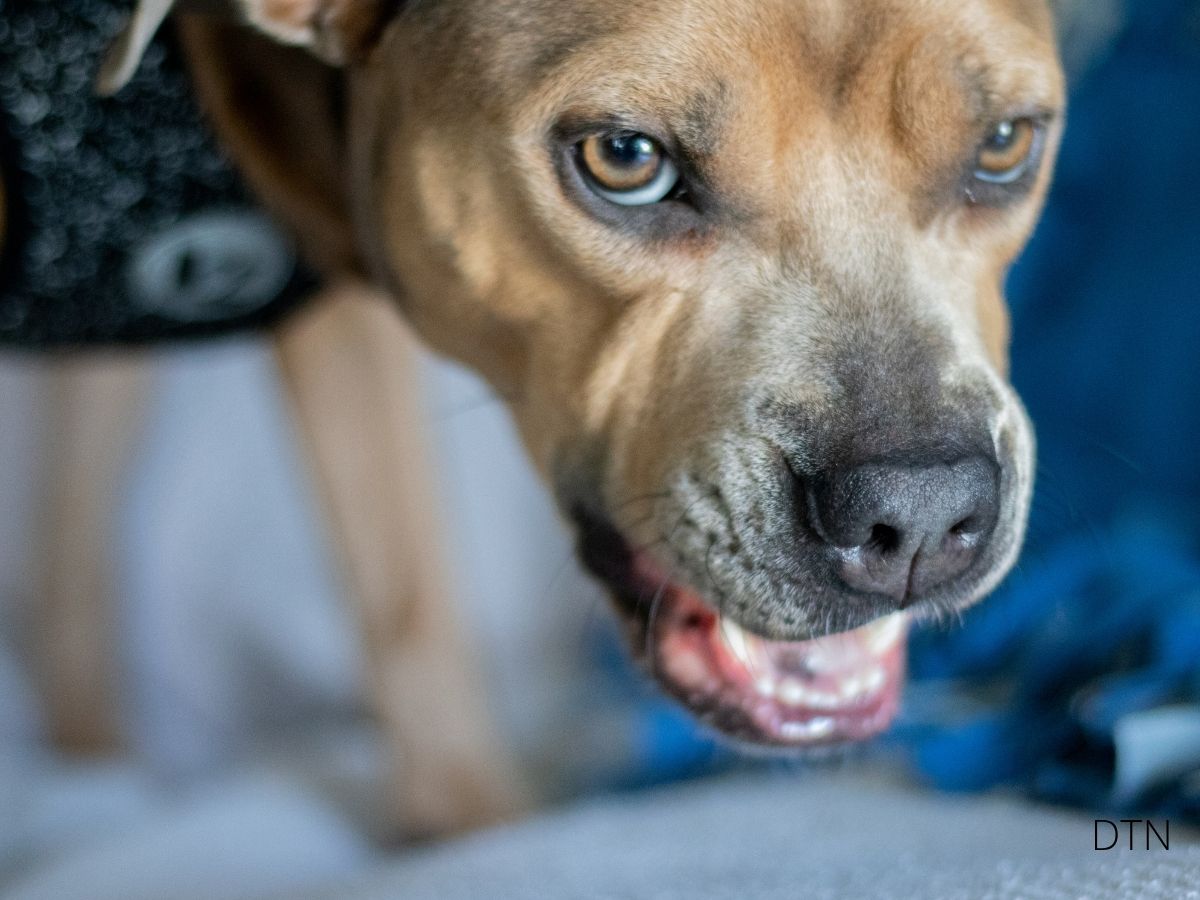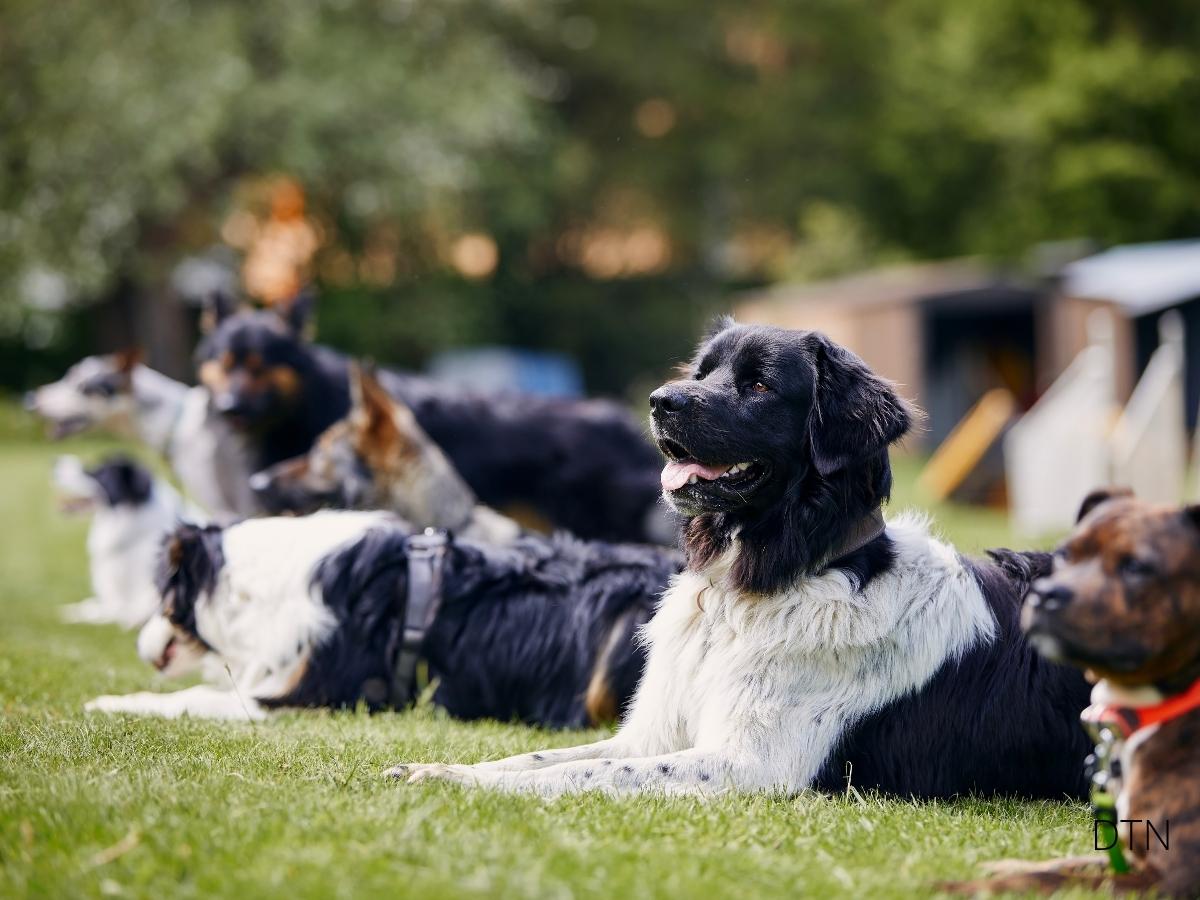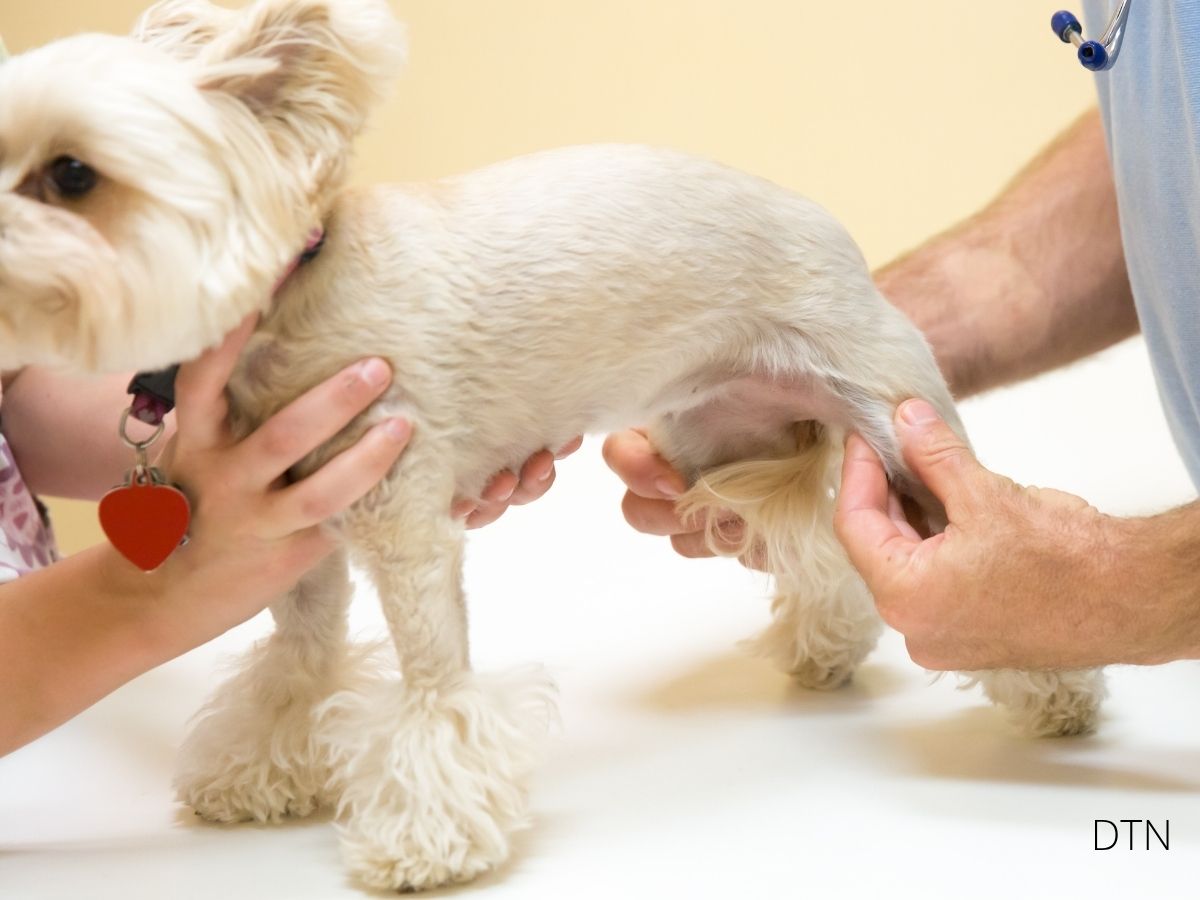Introduction
Have you ever wondered why your rescue dog still trembles at certain sounds months after adoption? Or why some dogs bounce back from frightening experiences while others remain anxious for years? Understanding how trauma affects our canine companions—and more importantly, how they can heal—transforms our ability to help them recover.
Just like humans, dogs process traumatic experiences through complex neurological and emotional pathways. Whether you’re caring for a rescue with an unknown past or helping your family dog through a frightening incident, this guide will illuminate the science of canine trauma recovery. Let us explore together how genetics, brain chemistry, and environment shape your dog’s resilience, and discover practical strategies that promote healing. 🐾
The Biology Behind Your Dog’s Trauma Response
Genetic Factors That Shape Recovery
Your dog’s DNA plays a fascinating role in their ability to cope with trauma. Recent studies on Australian Working Kelpies revealed specific genetic regions on chromosome 3 that influence fear-memory formation and pain perception. These genes don’t determine destiny—they simply provide a starting point for resilience.
Individual variation matters more than breed. While certain bloodlines may carry genetic advantages for emotional stability, the variation within breeds is substantial. Your anxious Golden Retriever and your neighbor’s confident one might share breed heritage, but their individual genetic makeup creates vastly different stress responses. This reminds us to evaluate each dog as a unique individual, not just a breed representative.
Neurotransmitters orchestrate emotions. Serotonin, dopamine, and GABA work together like a chemical symphony in your dog’s brain. Dogs with naturally balanced neurotransmitter systems often show greater resilience. When trauma disrupts this balance—reducing serotonin’s calming influence or dampening dopamine’s reward signals—you might notice increased anxiety, loss of joy in favorite activities, or difficulty settling. The encouraging news? These systems can rebalance with appropriate support.
How Trauma Changes the Brain
When your dog experiences trauma, specific brain regions undergo measurable changes. Understanding these alterations helps explain puzzling behaviors and guides effective interventions.
The amygdala becomes hypervigilant. Think of the amygdala as your dog’s alarm system. After trauma, this alarm often gets stuck in the “on” position, interpreting harmless stimuli as threats. That’s why your rescue might panic at jangling keys—their amygdala can’t distinguish between real danger and everyday sounds.
The hippocampus struggles with memory filing. Trauma can actually shrink the hippocampus, making it harder for dogs to properly categorize experiences. Instead of filing “that one scary thunderstorm” as an isolated incident, the memory bleeds into all loud noises. This explains why traumatized dogs often develop generalized fears.
The HPA axis loses its balance. The hypothalamic-pituitary-adrenal axis manages your dog’s entire stress response. In healthy dogs, this system turns on during threats and off when safe. Trauma can break this elegant feedback loop, leaving dogs in a constant state of stress. Chronic elevation of cortisol leads to anxiety, digestive issues, and weakened immunity—but with patience and appropriate intervention, this system can recalibrate. 🧠
Environmental Factors: The Power of Healing Spaces
Social Bonds as Medicine
Your presence alone acts as a biological stress regulator for your traumatized dog. Studies show that dogs experiencing stressful situations maintain lower cortisol levels when their trusted humans are nearby. You’re not just company—you’re a living anxiety medication.
Canine companions provide unique support. A confident dog can model calm behavior for a traumatized housemate, demonstrating through example that the world isn’t always dangerous. Watch how a fearful dog might follow a brave companion through a previously terrifying doorway—this is social learning gradually expanding comfort zones.
Early experiences set the foundation. Puppies who experience gentle, varied stimulation between 3-14 weeks develop more robust stress-coping mechanisms. Those raised in deprivation miss crucial developmental experiences, literally developing smaller hippocampi and altered stress responses. Yet even these dogs can improve dramatically with patient intervention.
Creating Therapeutic Environments
The space where your dog lives profoundly influences recovery. Thoughtful environmental design accelerates healing, while chaotic surroundings maintain trauma responses.
Predictability reduces anxiety. Regular meal times, consistent walk schedules, and reliable household routines tell your dog’s nervous system it’s safe to relax. This isn’t rigid inflexibility—it’s creating a framework within which your dog can explore and grow.
Safe spaces restore control. Every traumatized dog needs a sanctuary where they’re never disturbed or forced to interact. Whether it’s a covered crate or a quiet corner, this retreat must remain inviolable. The ability to choose when to emerge is therapeutic—control counters trauma’s helplessness.
Money can buy you a fine dog, but only love can make him wag his tail.
– Kinky Friedman

Rehabilitation Strategies That Work
Trust-Based Training Approaches
The way we interact with traumatized dogs either compounds their trauma or facilitates healing. Modern, science-based approaches recognize that trust, not dominance, enables true behavioral change.
Relationship precedes training. Before teaching any commands, traumatized dogs need to learn that humans are safe. This might mean weeks of simply sitting nearby, tossing treats without expectations. You’re rebuilding faith in human-canine relationships, depositing trust in an emotional bank account that trauma has overdrawn.
Positive reinforcement rewires brains. Each time your dog makes a choice and receives a reward, dopamine strengthens neural pathways associated with confidence. This explains why force-free methods are crucial for traumatized dogs—aversive techniques risk reinforcing trauma’s neural patterns.
Specific Therapeutic Techniques
Counterconditioning changes emotional associations. By pairing previously frightening stimuli with positive experiences, you gradually shift your dog’s emotional response. A dog terrified of men might receive special treats whenever men appear at a distance. Over time, men begin predicting good things rather than danger.
Systematic desensitization builds tolerance. Starting at minimal intensity and gradually increasing exposure helps dogs process triggers without overwhelming their coping capacity. The key is progressing slowly enough that your dog’s thinking brain stays engaged—push too fast and you’ll sensitize rather than desensitize.
Choice protocols restore agency. Teaching a “touch” cue that lets dogs initiate contact, or establishing an “all done” signal that ends interactions, gives traumatized dogs control over their experiences. When dogs learn they can influence their environment, learned helplessness begins to fade. 🧡
Practical Implementation: Your Recovery Roadmap
The Decompression Period
Newly adopted traumatized dogs need time to simply exist. The “3-3-3 rule” suggests three days to decompress, three weeks to learn routines, and three months to feel at home—but traumatized dogs often need longer. Resist immediately integrating them into normal life. Let them observe and choose their engagement level.
Management Before Training
Preventing rehearsal of trauma responses takes priority over fixing them. Use baby gates to prevent door-rushing. Feed in separate spaces to avoid resource guarding. Walk during quiet hours to minimize triggers. You’re not avoiding problems—you’re creating conditions for successful rehabilitation.
Building Your Support Team
Recovery isn’t a solo journey. Assemble professionals who understand trauma: a qualified trainer using force-free methods, a veterinarian familiar with behavioral medications, perhaps a veterinary behaviorist for complex cases. Online communities of people rehabilitating traumatized dogs provide invaluable emotional support and practical advice.
Signs of Progress and Realistic Expectations
Recovery rarely follows a straight line. You’ll see setbacks, plateaus, and unexpected triggers. Focus on tiny improvements: a slightly wagging tail, a moment of play, a peaceful nap. Document progress through videos—on difficult days, evidence of improvement provides crucial perspective.
Celebrate small victories. Maybe your dog looked at a stranger without cowering, or walked past a trigger with only mild tension. These moments matter immensely. Each represents new neural pathways forming, gradually overwriting trauma’s programming.
Accept individual timelines. Some dogs transform quickly; others need years. Some recover completely; others learn to manage rather than overcome their responses. All deserve our patience and commitment to their wellbeing.
Conclusion: Your Role in the Healing Journey
Understanding trauma’s mechanisms transforms how we support recovering dogs. Instead of seeing “problem behaviors,” we recognize trauma responses. Instead of applying one-size-fits-all training, we tailor interventions to individual needs. Instead of giving up on “difficult” dogs, we provide trauma-informed support that facilitates healing.
Your traumatized dog might never be “normal”—but that’s okay. They might remain sensitive to certain triggers or need ongoing management strategies. Resilience isn’t about becoming invulnerable; it’s about developing capacity to navigate life despite vulnerabilities.
Every positive interaction rewires traumatized brains. Every predictable routine builds security. Every choice you offer returns stolen agency. Your patience during setbacks and celebration of victories makes recovery possible. In helping dogs discover their resilience, we witness the remarkable capacity for healing that exists in every living being—and perhaps learn something about our own resilience along the way. 🐾






